Losing keys is a common and frustrating problem that most people encounter at some point. Misplacing your keys can lead to significant inconvenience, causing delays, missed appointments, and unnecessary stress. In today’s busy world, knowing how to not lose your keys can save you precious time and effort. Keeping track of your keys is crucial to avoid frustration and ensure the security of your home, car, and personal belongings.
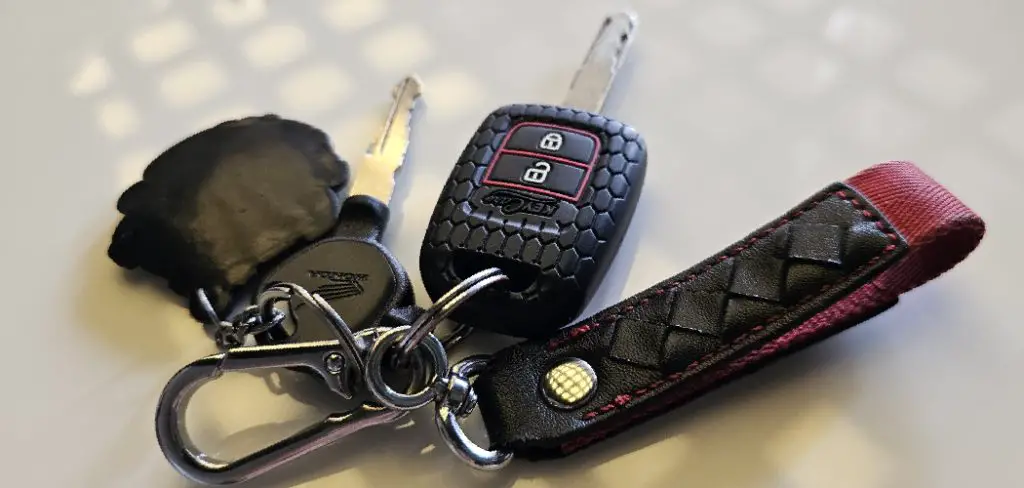
Establishing effective habits and using practical tools can make it easier to keep your keys safe and accessible at all times. This article will cover several strategies, such as creating a designated spot for your keys, using keychains and accessories, leveraging technology, developing good routines, organizing your key management, and tackling common key-related situations. By adopting these methods, you’ll learn how to not lose your keys and maintain peace of mind.
How to Not Lose Your Keys: Establishing a Designated Spot for Keys
Importance of a Designated Spot
One of the most efficient strategies for how to not lose your keys is to establish a designated spot for them. By having a specific place where your keys always go, you significantly reduce the likelihood of losing them. Whether you’re coming home after a long day or leaving in a rush, knowing exactly where to look or place your keys can save valuable time and prevent unnecessary stress.
Creating a Key Station
You have several options to create a key station: hooks, bowls, trays, or key cabinets. Hooks can be attached to walls or furniture, providing a convenient and visible place to hang your keys. Bowls or trays can be left on a table or counter, providing a stylish yet practical solution. Key cabinets, though more substantial, offer the added advantage of secure storage and can also be used to store spare keys.
It’s important to place the key station in a convenient, consistent location such as near the front door or the entrance you use most frequently. This ensures that you can easily grab or store your keys right when you enter or exit your home. Consistency in placement contributes to the habit-forming process, making it easier to remember this new routine.
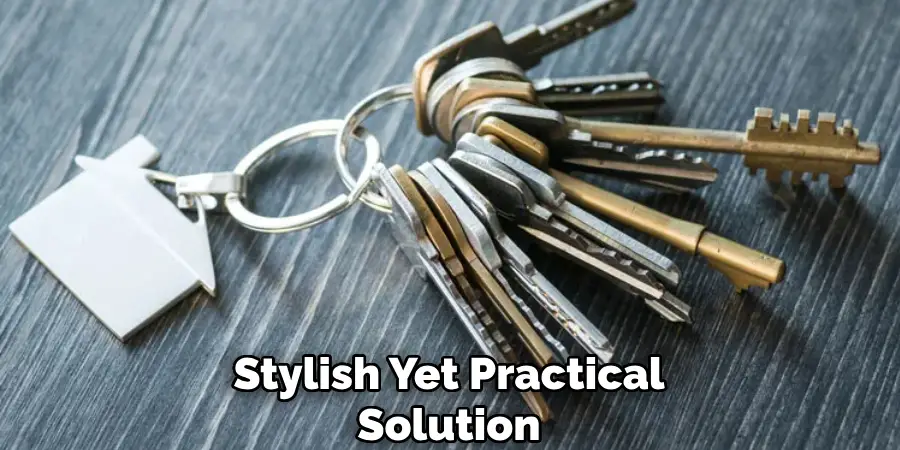
Personalizing the Key Station
Personalizing your key station can make it both appealing and functional, encouraging consistent use. Choose a design that complements your home décor and personal taste. You could opt for a decorative bowl, a quirky hook, or a sleek, modern key cabinet. Adding personal touches like photos or small decorative items can make the station more visually attractive, promoting its use.
Developing a Habit
Forming the habit of placing your keys in the designated spot every time you enter your home is crucial. One useful tip is to create a routine where you automatically reach for the key station as soon as you walk through the door. Reinforcing this behavior consistently will turn it into a habit. You can also set up visual reminders, like a small note or an eye-catching decoration, near the designated spot to remind you to use it. Placing your keys in the designated spot will become second nature with time and practice, ensuring you always know where they are.
How to Not Lose Your Keys: Using Keychains and Accessories
Benefits of Using Keychains
Employing keychains can significantly enhance how to not lose your keys. With various designs and features, keychains make keys more noticeable and easier to find. Bold, colorful keychains stand out, making it less likely for your keys to blend into the background or become misplaced. A keychain can act as a visual and tactile reminder, drawing your attention if your keys are left where they shouldn’t be.
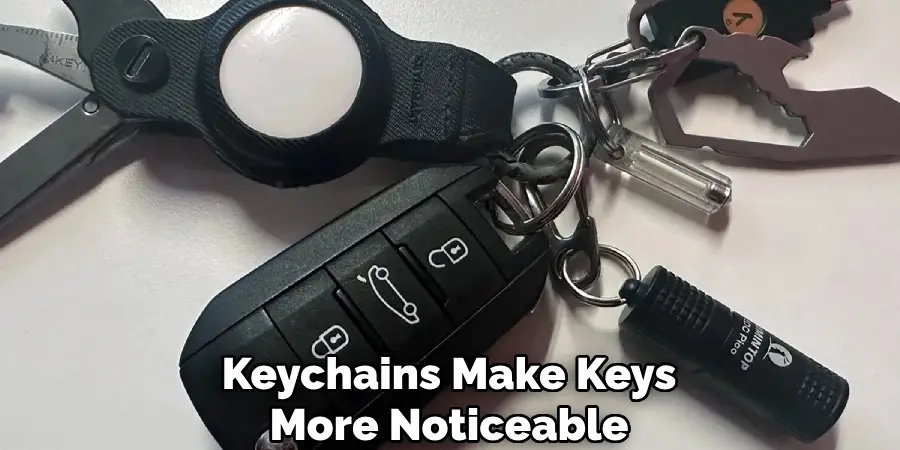
Choosing Practical Keychains
When selecting a keychain, it’s wise to consider both aesthetic and practical aspects. Keychains with bright colors, distinctive designs, or unique shapes can be spotted quickly in a cluttered space. Additionally, keychains with added functionality, such as those equipped with small flashlights or bottle openers, offer extra utility. Another practical option is carabiner keychains, which allow you to clip your keys to bags or belt loops, reducing the chances of them getting lost.
Attaching Additional Accessories
Attaching additional accessories beyond aesthetic and practical keychains can further reduce the likelihood of losing your keys. Devices like Tile or other Bluetooth trackers can be exceedingly helpful. These gadgets sync with your smartphone, allowing you to track your keys’ location. If you misplace your keys, a simple tap on your phone can make the accessory emit a sound, directing you to the exact spot. Such accessories are especially useful for those who frequently forget where they placed their keys.
Key Organizers
In addition to keychains and trackers, key organizers can help keep your keys neat and prevent them from getting lost. Key organizers come in various designs, such as compact holders that keep keys tucked in securely or fold-out styles that arrange keys like a Swiss Army knife. These devices help keep your keys neatly arranged and minimize noise and damage that can occur when keys jingle together. Choosing a key organizer that suits your lifestyle ensures all your keys are in one place and easy to find when needed.
By embracing these tools and accessories, you’ll find it’s easier to keep your keys secure and in their designated location, ensuring you always know how to not lose your keys.
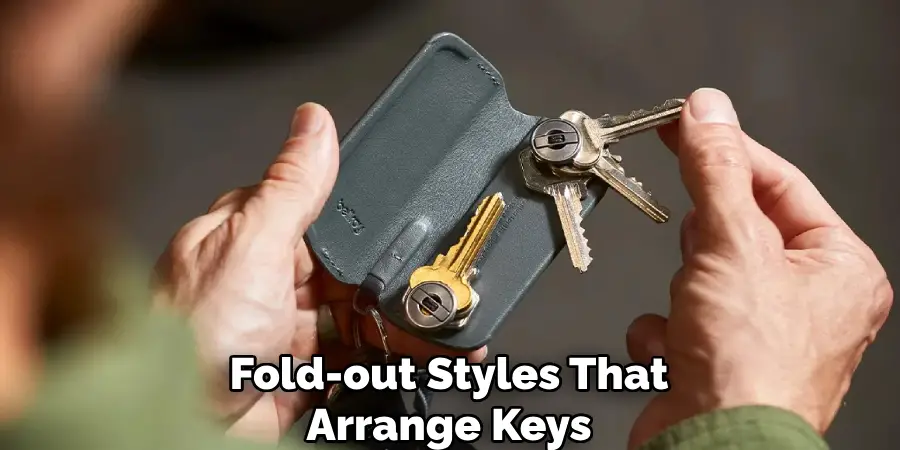
Implementing Technology Solutions
Key Finder Devices
Overview of Key Finder Devices
Key finder devices, such as Tile or TrackR, are among the most popular technological solutions for keeping track of your keys. These small, lightweight gadgets attach easily to your keyring and work by communicating with your smartphone via Bluetooth. When you misplace your keys, the accompanying app can help you locate them by making the key finder emit a sound or by showing the last known location on a map.
How to Set Up and Use Key Finders
Setting up and using key finders is straightforward. Begin by downloading the relevant key finder app on your smartphone. Once downloaded, follow the in-app instructions to pair the device with your phone. Attach the key finder to your keys, and whenever you misplace them, simply open the app and follow the prompts to locate your keys. The app will either show you their location on a map or prompt the key finder to emit a sound, guiding you to your keys.
Smartphone Apps
Using Apps to Track and Find Keys
Most key finder devices come with dedicated smartphone apps that enable you to track and locate your keys. These apps often have user-friendly interfaces and additional features, such as the ability to see the last known location of your keys or to alert you when you move out of Bluetooth range. Some apps even have a reverse finder feature, allowing you to use the key finder to locate your smartphone as well.
Smart Home Integration
Integrating Key Finders with Smart Home Systems
Key finder devices can often be integrated with smart home systems like Amazon Alexa and Google Home for added convenience. By linking your key finder with your smart home system, you can use voice commands to locate your keys. For instance, with a simple voice command, you can ask your smart assistant to ring your key finder, making it easier to find your keys without even touching your smartphone.
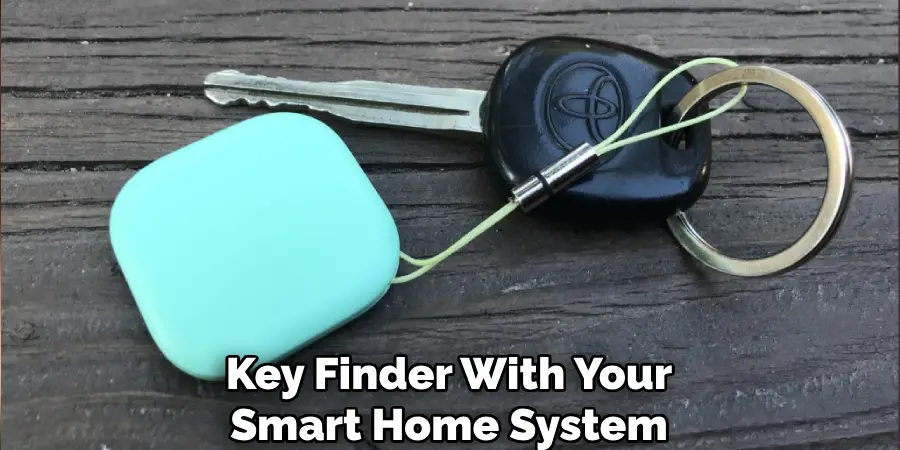
Regular Use and Maintenance
Ensuring Batteries and Maintenance
To ensure the reliability of your key finder devices, it’s essential to keep their batteries charged and perform regular maintenance. Most key finders use replaceable or rechargeable batteries; therefore, regularly check the battery level through the app and replace or recharge as necessary. Keep your key finder and the accompanying app updated to the latest versions to benefit from improved features and security updates. Consistent maintenance ensures your electronic key management system remains effective and dependable.
Developing Good Habits and Routines
Consistent Routines
Establishing Daily Routines for Handling Keys
Creating a daily routine for handling your keys is a surefire way to ensure they are always where they should be. One effective method is to designate a specific spot where your keys reside when you’re at home. This could be a key hook by the door, a bowl on a console table, or a dedicated pocket in your bag. By making it a habit to place your keys in the same spot every time you enter the house, you’ll avoid the frantic search for misplaced keys. Consistency is key to making this habit stick and turning it into second nature.
Mindfulness
Being mindful of where you place your keys is another crucial habit to cultivate. Often, keys are misplaced due to absent-mindedly setting them down in random spots while focused on other tasks. Developing mindfulness involves making a conscious effort to be aware of where you place your keys. Take a moment to register your surroundings and ensure you are setting your keys down in their designated spot. This small but deliberate action can significantly reduce the likelihood of losing your keys.
Creating Reminders
Setting up visual or digital reminders can also reinforce the habit of keeping your keys in their designated spot. Visual cues like signs or sticky notes near entry points can be constant reminders to place your keys where they belong. Digital reminders, such as calendar or smartphone notifications, can also prompt you to periodically check on your keys. These reminders help create a mental association between entering your home and placing your keys in their spot, further solidifying the habit.
Involving Household Members
To maintain consistency in key management, involving everyone in your household is essential. Encourage family members or housemates to follow the same routines and respect the established key spot. This collective effort ensures that keys are less likely to be misplaced and everyone knows where to find them. Setting household rules regarding key placement can help create a unified approach and make key management a shared responsibility, promoting a more organized living environment.
Organizing and Simplifying Key Management
Reducing Key Clutter
Streamlining the number of keys you carry can significantly reduce the risk of losing them. Evaluate your current keys and determine which are essential for daily use. Store infrequently used keys in a safe place at home rather than carrying them around. This lightens your keyring and minimizes the chances of misplacing your most important keys.
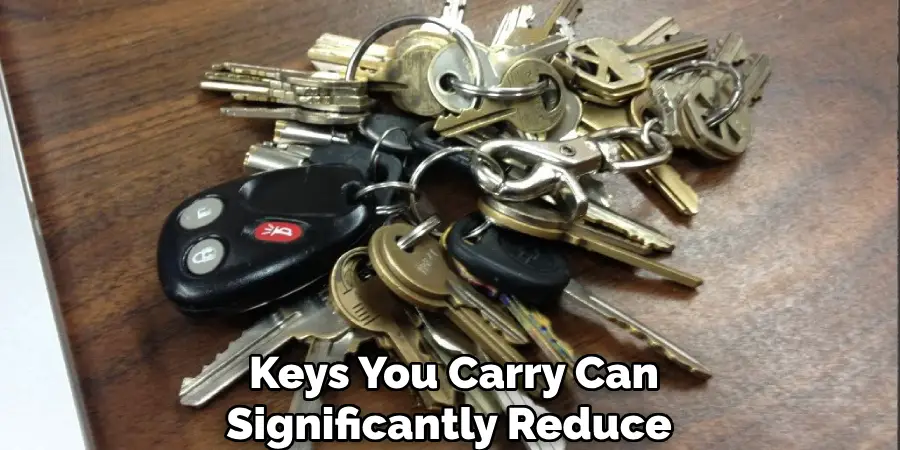
Key Duplication
Having duplicate keys can be a lifesaver when you misplace or forget your primary set. Make duplicates of essential keys and store them in safe, accessible locations. Consider keeping a spare house key in a discreet, hidden spot outdoors or with a trusted neighbor. For added security, labeled key cabinets within your home can also store duplicates in an organized manner.
Key Management Tools
Implementing key management tools such as key hooks, trays, or cabinets can help keep your keys organized and easily accessible. Install a key hook near your main entrance for a quick and convenient place to hang your keys as soon as you come home. Trays or small dishes on a side table can serve as designated spots for your keys, reducing the risk of them being misplaced.
Emergency Backup
An emergency backup plan ensures you’re never completely locked out. Keep a spare key with a trusted neighbor or in a secure outdoor key safe. These practices provide peace of mind and immediate solutions for accessing your home if you lose or forget your primary key set.
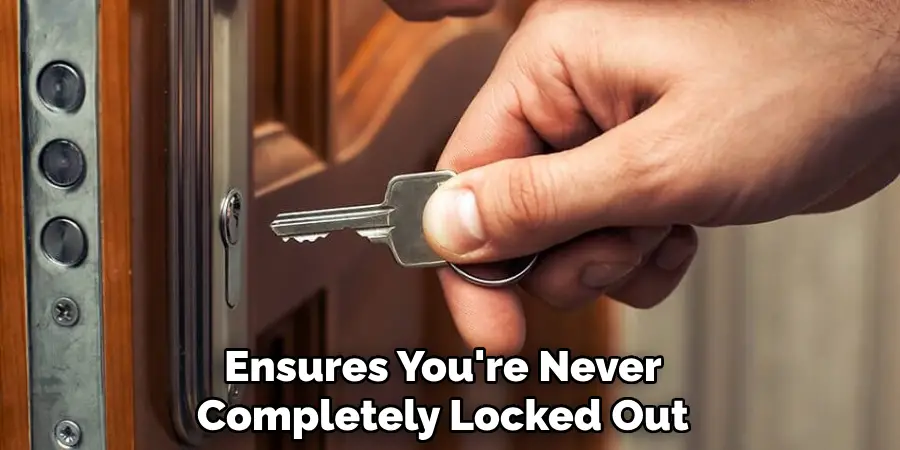
Addressing Common Situations and Solutions
Misplacing Keys During Daily Activities
Tips for Keeping Keys Secure While at Work, the Gym, or Running Errands
It’s important to establish specific solutions for different scenarios to prevent misplacing your keys during daily activities. When at work, consider keeping your keys in a designated pocket or drawer where you can easily access them when needed. Use a lockable locker for gym visits to store your keys safely and prevent them from getting lost amid your belongings. While running errands, a keychain carabiner can be attached to your bag or belt loop, ensuring your keys remain secure and within reach at all times.
Traveling with Keys
Strategies for Managing and Securing Keys While Traveling
Traveling with keys requires extra precautions to avoid any disruptions. One effective strategy is to use a small travel pouch that can hold all your essential keys and attach them to your luggage. This keeps your keys organized and easy to find. Additionally, consider separating your keys into different sets—only bring the keys you’ll need for your trip and leave the rest in a safe place at home. Another tip is to use key tags with your contact information so that if keys get misplaced, there’s a better chance of them being returned.
Dealing with Children and Keys
Teaching Children Responsible Key Habits and Creating Safe Storage Solutions for Family Keys
Involving children in key management can teach them responsibility and prevent misplaced keys. Start by assigning each child their own keyring with a distinctive tag or color, making it easier for them to keep track of their keys. Teach them to always place their keys in a designated spot at home, such as a key hook or a tray by the entrance. Additionally, ensure all family members follow a consistent routine to store keys safely, creating a shared responsibility for key management within the household.
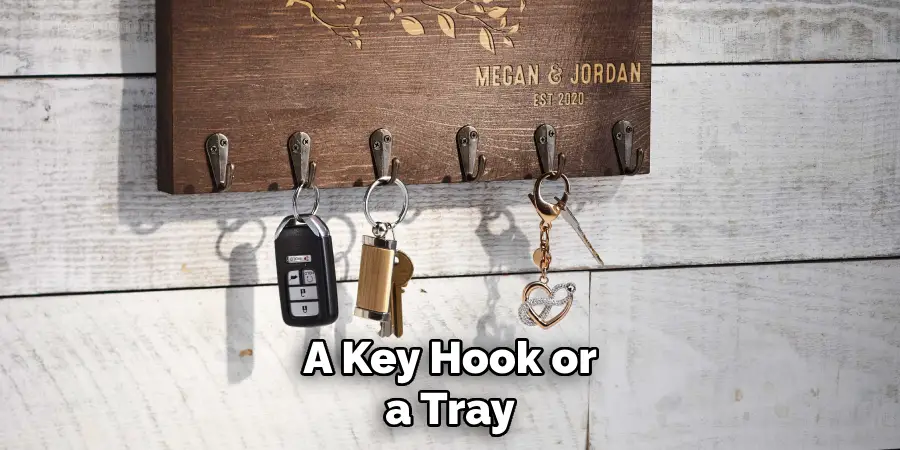
Conclusion
In summary, preventing the loss of keys involves adopting several effective strategies: establishing a designated spot for your keys, utilizing keychains and accessories, implementing technology solutions, developing mindful habits, organizing key management, and addressing common situations. These practices save time, reduce stress, and enhance security. By creating a consistent routine and involving household members, you build a dependable system that ensures your keys are always accounted for.
Embracing these methods on how to not lose your keys will lead to a more organized and hassle-free life. Ultimately, the peace of mind that comes from knowing your keys are always in a secure and predictable place is invaluable. Take the first step today to incorporate these habits and tools and maintain control over your keys, ensuring they are always within reach.
